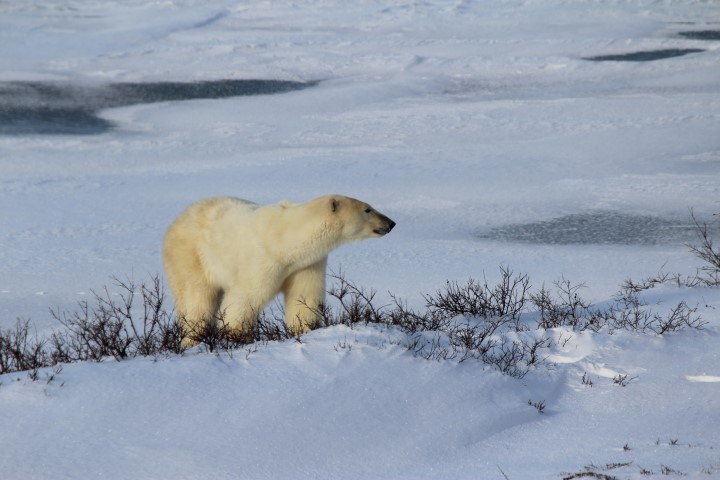You might have heard about Shellshock or ‘Bash bug’ in the past hours, a vulnerability on web servers and other Linux-based machines. This can be compared to what happened with Heartbleed-Bug a few months back. Continue reading
Monthly Archives: September 2014
SEO & Sharing options
This new feature gives power to users to control how the content looks when someone shares Pages and Articles on Facebook, Twitter, and Google+. Preview this information was added by default (taking first images of a page, same titles and descriptions, etc), but now you have full control over what the titles, descriptions, images and more should be when sharing on social media channels. Continue reading
CMS Improvements update
Tech&Apps is pleased to give you some new information about the CMS Roadmap. Thanks to all your feedback on the survey last month! Continue reading

Walk 3,700 km with a polar bear
We’ve followed dozens of polar bears on the WWF Polar Bear Tracker since it launched in 2003. But few have wandered as far as Kara, a female bear tagged by researchers in Spring 2013.
By fitting polar bears with GPS collars (females only – the collars slip off the males’ larger necks), researchers from the Norwegian Polar Institute can track exactly where the bears of Svalbard go. After years of such work, the researchers get to know many of the individual bears. Sometimes, however, previously unencountered bears appear on Svalbard. Unlike local bears that spend the summers hunting seals in Svalbard’s fjords, these bears may be long-distance wanderers on the sea ice – “pelagic” polar bears.
See her journey on the ice
Explore Kara’s journey on the interactive map:
Understanding long-distance polar bears
Most of Svalbard’s polar bears remain on land throughout the summer, a strategy that requires less energy than long-distance roaming. On land, however, there is less food in the summer. Why do bears choose one strategy over the other? Tracking the bears will help NPI answer questions like:
- Do individual polar bears shift strategy between years?
- Do cubs learn from their mothers whether to walk the sea ice or to stay on land?
- Are the Svalbard polar bears split between Russian-oriented and Greenland-oriented individuals? Some wandering polar bears head east like Kara. Other wanderers seem to prefer to head north and west like N26220, who was collared April 2014.
Research over long periods of time is vital to polar bear conservation. By understanding how they use their habitat, what places appear to be important for them and how populations change, only then we can arrange for better protection measures.